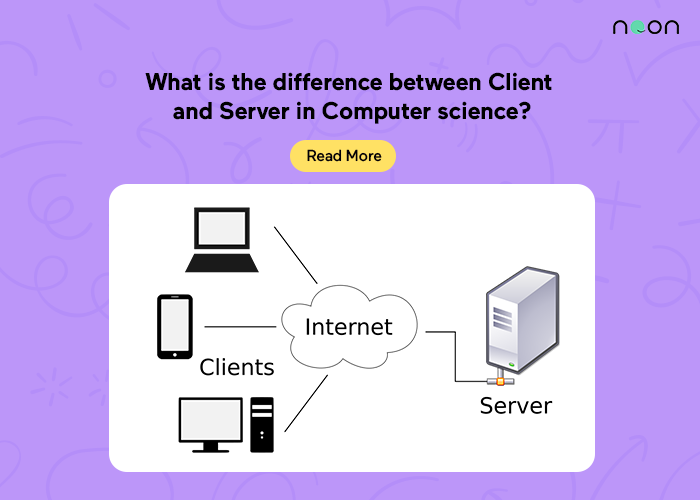Whether you are a computer science student, an IT engineer, or just someone who wants to know more about this world we live in, you probably have come across the term ‘Client’ in one of your courses. A client is simply any device that connects to a server through a network to get information. Read on for more information!
What is a Client?
When we talk about a client in computer science, we are referring to a device or software program that is used to access data or resources from another device, known as a server. Servers are usually more powerful and have more storage than clients, as they are designed to handle large amounts of data.
Clients can be either thick or thin. Thick clients are also known as fat clients, and they are typically installed on a user’s machine. They tend to be more interactive and have more features than thin clients. Thin clients, on the other hand, are web-based and run entirely from a server. They require less processing power and memory than thick clients, which makes them ideal for use on devices with limited resources, such as mobile devices.
What is a Server?
A server is a computer that provides resources, data, services, or programs to other computers, known as clients. Servers can provide various services, such as file sharing, printing, email, web hosting, backup and storage, and application hosting.
When you connect to the internet, you are generally connecting to a server. Your computer accesses the server’s resources, which are typically stored on theserver’s hard drive. The server may also be responsible for processing your request and sending back the requested information. For example, when you visit a website, your computer sends a request to the server that hosts the website. The server then processes the request and sends back the requested web page.
The Difference between a Client and Server
A client is a computer that connects to a server in order to access resources or services. A server is a computer that provides those resources or services.
The main difference between a client and server is that a client initiates communication with the server in order to request information, while the server responds to requests from clients. Clients are typically located on user computers, while servers are usually found in data centers.
How Clients and Servers Work Together
In computer science, the terms “client” and “server” refer to two separate but related concepts. A client is a program that makes requests to a server. A server is a program that fulfills those requests.
For example, when you type www.google.com into your web browser, your browser is acting as a client. It makes a request to Google’s servers for the website you’ve requested. Google’s servers then fulfill that request by sending back the HTML code for the Google home page. Your browser then renders that HTML code into the familiar page of text, images, and links we all know so well.
But it’s not just web browsers and websites that use this client-server model. Almost all networked applications use it in one way or another. Email programs like Gmail and Outlook are also clients and servers. When you send an email, your email client (Gmail, Outlook, etc.) acts as a client, sending a request to the email server to deliver your message. When someone else receives that email, their email client contacts the server again to fetch the new message.
Even many desktop applications use this same basic model. For example, when you open up Microsoft Word, it contacts a server in order to fetch any templates or macros you might need. And when you save a document, Word sends another request to the server to save the file on its storage devices somewhere.
Conclusion
The client-server model is a distributed application structure that partitions tasks or workloads between the providers of a resource or service, called servers, and service requesters, called clients. Servers are powerful computers or processes dedicated to managing disk drives (file servers), printers (print servers), or network traffic (network servers). Clients are PCs, workstations, or portable devices that request data, services, and applications from servers. In some cases—such as with email or the World Wide Web—clients and servers can both be used to refer to the same computer.
Noon is a free online education app for students that provides access to live classes and teachers from around the globe. The app has over 10,000 lectures available offline, making it easy for students to learn from anywhere. With interactive quizzes, practice questions, and informative learning materials, Noon makes it fun and easy to learn from friends and teachers alike.
